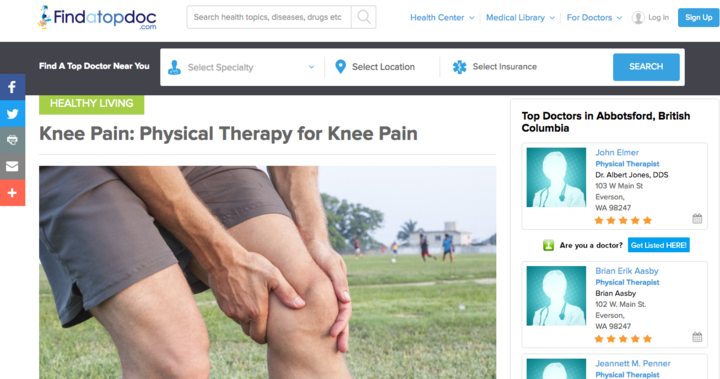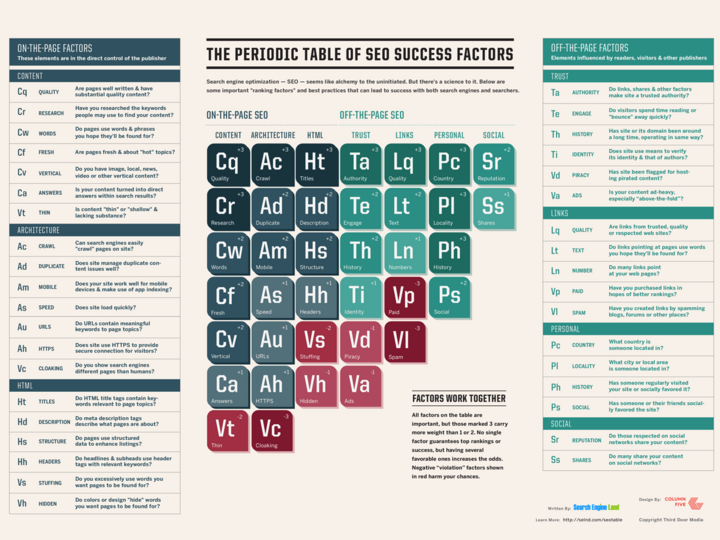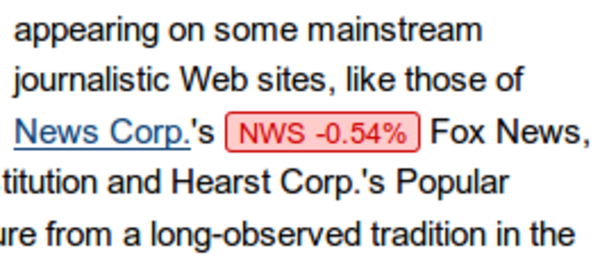SEO basics for content creators
By: Lisa Manfield | April 13, 2017 | Business solutions
As developers of websites where content is key, one of the questions we are frequently asked by our clients is "how do we ensure our content ranks well in search?" It's a common concern for digital content creators, whether they're launching a new site or refreshing an existing one.
If you're publishing content online, one of your key considerations should be search engine optimization. In other words, you need to do what you can to make sure that people can find your content when they Google it.
While search rankings are a complicated beast, and no strategy is a guarantee your content will rank well, there are three key factors you'll need to understand in order to optimize your content:
- How search engines rank your content
- How readers search for content
- How to format your content for optimal searchability
How search engines rank your content
First of all, when we talk about search engines, we typically focus on Google. Yes there are other search engines (Bing anyone?), but Google has the majority of the search market share around the world, so that’s where we spend the majority of our efforts.
Search engine optimization is a discipline marked by testing, trial, and error, and constant refinements. That’s because of two key factors:
- Search engine ranking algorithms are not public information. Sure, Google drops hints from time to time about new (and old) ranking factors, but for the most part, its algorithm remains undisclosed and under constant refinement as the web, and search needs, change.
- Through constant testing, trial, and error, SEO experts figure out what works for boosting content rankings, allowing marketers to use, and potentially exploit, key ranking factors. When too many people start to game the system, Google is forced to refine its algorithm. This infographic plots the interesting history of Google’s algorithm updates.
What we do know about search rankings is that Google uses approximately 200 factors to rank your content. Some of the most significant include:
- Number and quality of inbound links: How many sites link to yours, and how well Google ranks those sites will, in turn, affect your rankings. This, in fact, is one of the top ranking factors for your content
- Frequency of updates to your site: Google favours fresh content and frequently updated sites
- Quality of your content: Google aims to give its users quality content, which means it favours lengthier pages that offer clear value to the reader. Aim to have a minimum of 250 words per page. And keep in mind that although image-heavy content is great for reader engagement and social sharing, it needs to be supplemented with keyword-optimized text including headers and body copy, image captions, and alt tags to be truly useful to readers.
How readers search for content
When a web reader conducts a Google search, he or she typically types a string of words into the search bar. That string of words is referred to as keywords, or more accurately, it’s likely a keyphrase consisting of two or more words combined together to form a fairly precise summary of what they’re looking for.
For example, most people do not search for a single-word term like “pain” when attempting to self-diagnose an injured knee. Instead, they might use a phrase like “causes of knee pain” to find content that might explain their injury.
When Google returns a set of search results, it is looking to deliver the most relevant content to the reader. How it determines which results are most relevant goes back to its algorithm and the 200-plus ranking factors it considers.
It’s also important to note that studies have shown the majority of readers never look beyond the first page of search results, and most only engage with those on the first half of the first page. So you’ll want to make sure that your content is ranking well. Otherwise, it won’t likely be found via search.
How to format your content for optimal discoverability
In order for a search engine to rank your content, two key things must occur:
- It must be able to find your site, and all of the pages on your site (through quality html and links)
- It must be able to discern the focus of your site and the quality of your content
When you launch a new site, it can take some time for Google to find it and index it, but you can speed up that process by submitting your site map. Once your site is indexed, Google will quickly learn how frequently you post new content, and will index that content accordingly.
In addition to your body copy, Google pays special attention to specific page elements in order to discern its focus and evaluate its quality. Here are the most important page components:
- URL
- Meta title
- H1
- Anchor links
- Photo captions/alt tags
In order for Google to rank your content and match it to a reader’s search, each of these page components should contain relevant keywords.
Now before you start filling your content with keywords, you’ll want to spend some time thinking about what those keywords should be. The best keywords reflect exactly what your readers will type into search to find your content.
For example, if your page is about how to treat knee pain, a variety of keyphrases relating to knee pain should be included in the page components listed above. A good example is this page on knee pain on FindaTopDoc.com (one of our clients).
It’s a good idea to include some variations on your primary keyphrase, given not all people will search for exactly the same phrase. In this case you might use phrases like:
- treatment for knee injuries
- knee pain causes and symptoms
- how to relieve swollen knees
- etc.
This allows you to capture a variety of keyphrases that people might search for. Spend some time analyzing your audience and the keywords they would use, and be sure to integrate them into your site.
While it’s tempting to get creative with headings and category names (for example: "What a Pain!”), it’s critical to reflect what readers would type into search so that Google can deliver the most relevant results when someone is searching for content on knee pain.
You'll also want to ensure your links contain keywords, so that rather than "read more" or "click here" links, which don't contain any useful keywords, you’re using words that describe the content of the link, for example “read more about how to treat knee pain”. This is as useful for readers as it is for SEO purposes.
Your CMS should be able help you to fill in all the key spots with fields for each page component that is important for SEO, and should also provide prompts if you neglect to populate certain fields. Fields like the meta description are often forgotten, and while your CMS can populate it automatically with existing text from your page, it's a good idea to provide an enticing and keyword-optimized description of your page, as it plays an important role in engaging the reader on a search engine results page.
Keep in mind that while each page on your site should be optimized for search, on-page optimization is only one of more than 200 factors Google takes into consideration when ranking your content. This infographic from Search Engine Land will give you a good idea of many of the other factors Google takes into consideration, so you can too.
Need help optimizing your content for search? We can help! Contact us for a free consultation.





